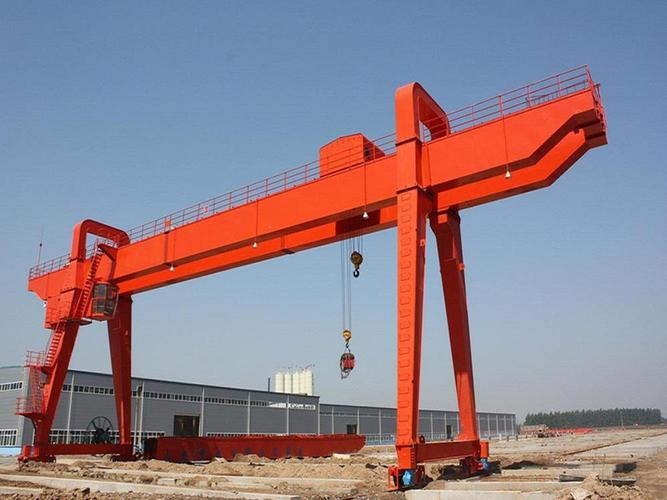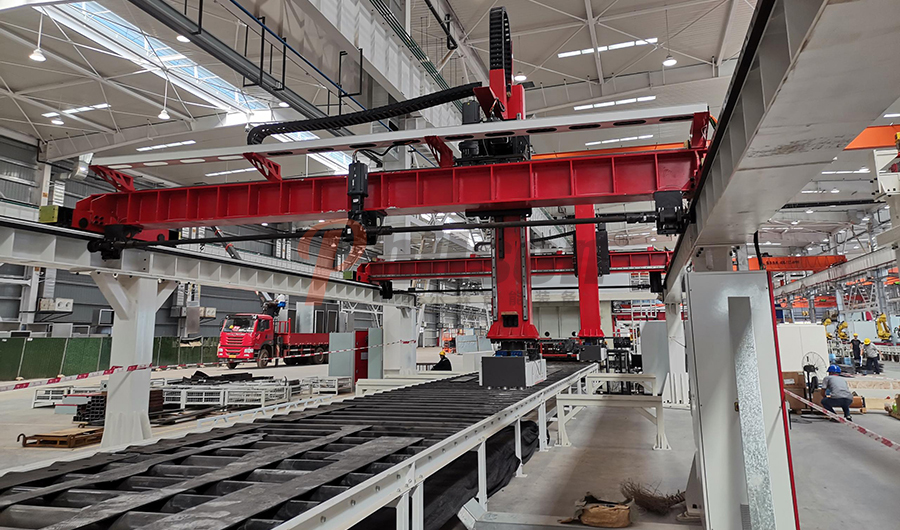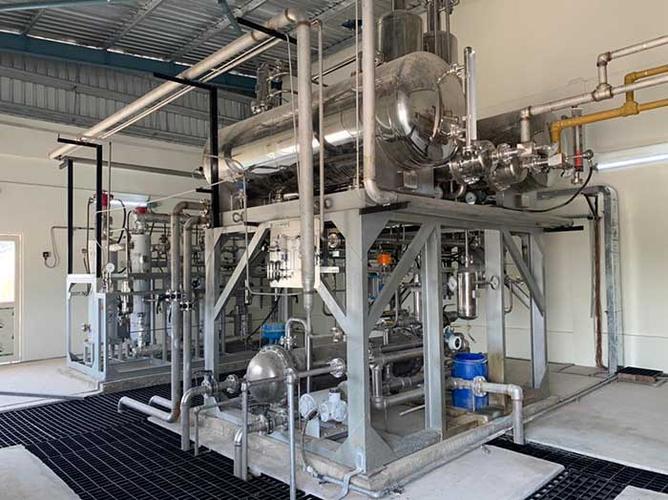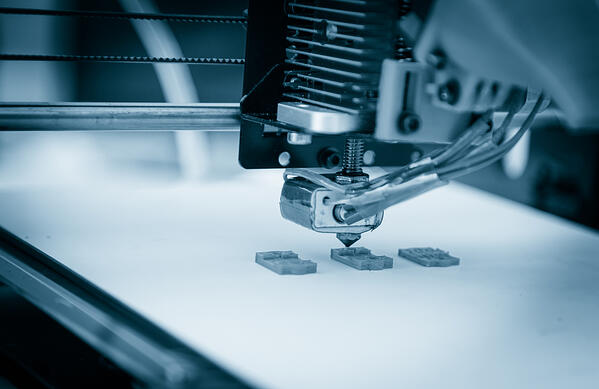
EN Free Trial





News Center
Industry News
Complete analysis of remote IO control problems: common errors and one-stop solutions
1、 Introduction to Remote IO Technology
Remote IO, also known as remote input/output, is a technology that enables data exchange between remote devices and control systems through a network. It has become an ideal choice for various application scenarios due to its simple wiring, powerful scalability, and convenient maintenance.
2、 Common problems and solutions
1. Unable to connect to remote device phenomenon: The control system cannot recognize the remote IO device and the connection fails. Reason: Network malfunction, equipment failure, configuration error, etc.
Solution: Check the network wiring to ensure smooth network connectivity. Confirm that the power supply of the remote IO device is normal. Check the device configuration, such as IP address, port, etc. Restart the device to troubleshoot temporary issues.
2. Data transmission interruption phenomenon: Sudden interruption during data transmission, resulting in data loss.
Reasons: Network fluctuations, equipment failures, signal interference, etc.
Solution:
Optimize the network environment and reduce network fluctuations. Check and maintain equipment hardware. Optimize signal transmission lines to reduce interference. Set up a data retransmission mechanism to ensure data integrity.
3. Slow device response phenomenon: Remote IO devices respond slowly when executing commands. Reasons: network latency, insufficient device performance, heavy system load, etc. Solution: Optimize the network environment and reduce latency. Upgrade device hardware to enhance performance. Reduce system load and allocate resources reasonably. Optimize control strategies to improve execution efficiency.
4. Communication protocol incompatibility phenomenon: Remote IO devices cannot communicate properly with other devices. Reason: Inconsistent communication protocol, mismatched device models, etc. Solution: Unified communication protocol to ensure compatibility between devices. Change the device model to ensure compatibility. Use protocol converters to convert between different protocols. Seeking technical support from manufacturers to solve problems professionally.
3、 Conclusion
Mastering common problems and solutions of remote IO is the key to ensuring stable and efficient operation of remote control systems. In practical applications, these solutions should be flexibly applied according to specific situations. I hope that through the introduction in this article, you can have a deeper understanding of remote IO technology and be more confident when facing remote control challenges.
Related news

Crane Innovation: Protocol Converter Unlocks Safety and Efficiency

2024/11/01

IO modules help the heavy equipment industry enter a new era!

2024/11/01

Hydrogen Journey: IO Modules Help Reduce Costs and Increase Efficiency

2024/11/01

Mingda Technology IO Module: Intelligent Engine for Additive Manufacturing

2024/11/01